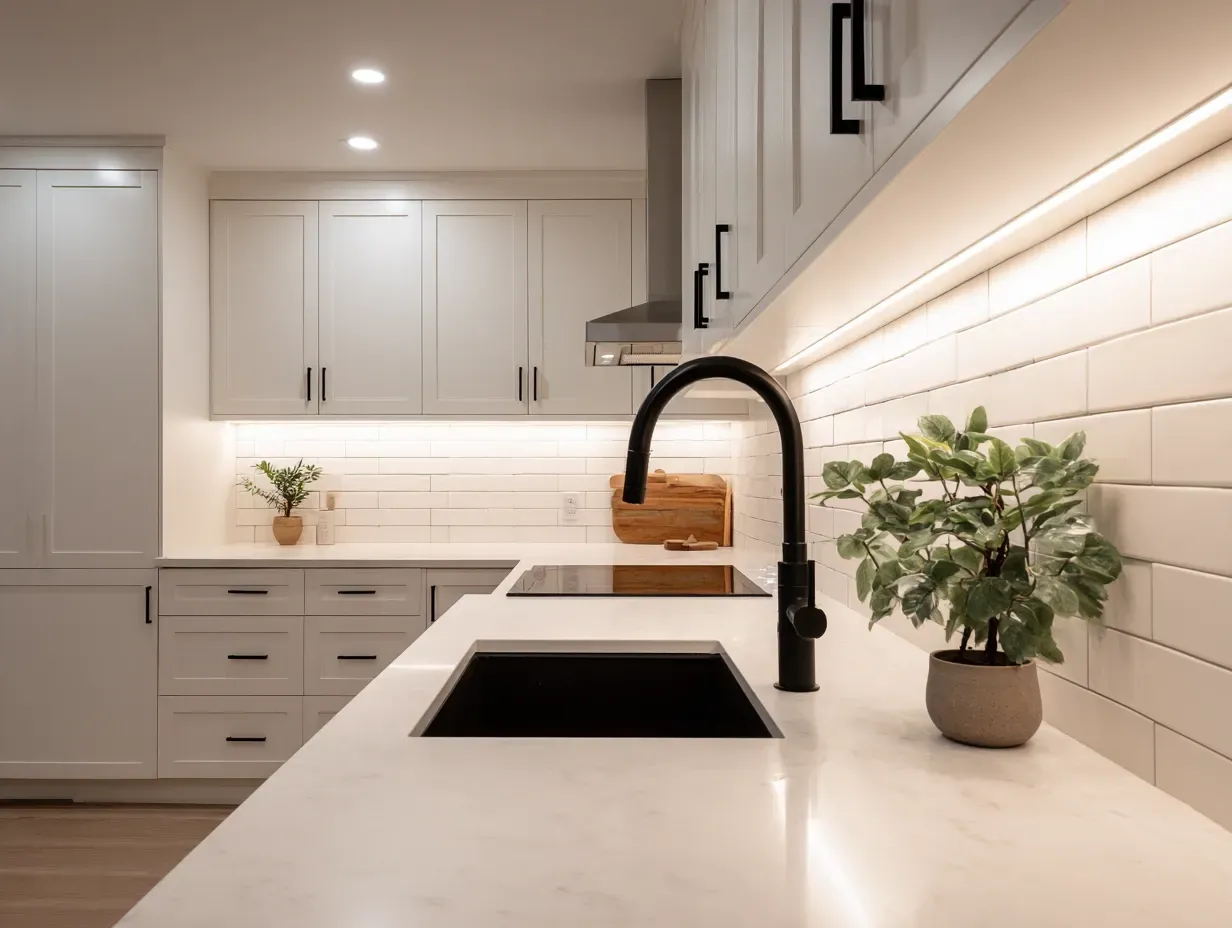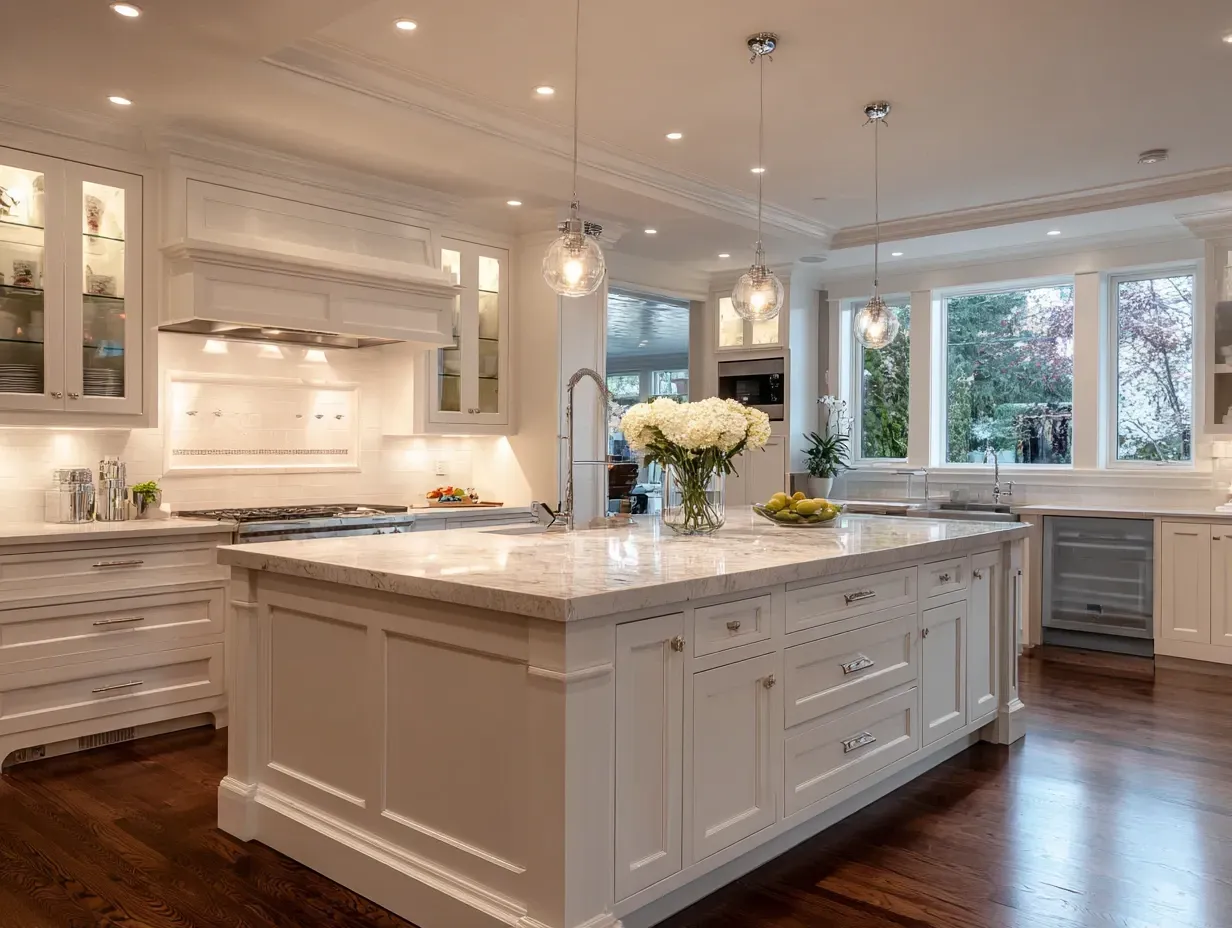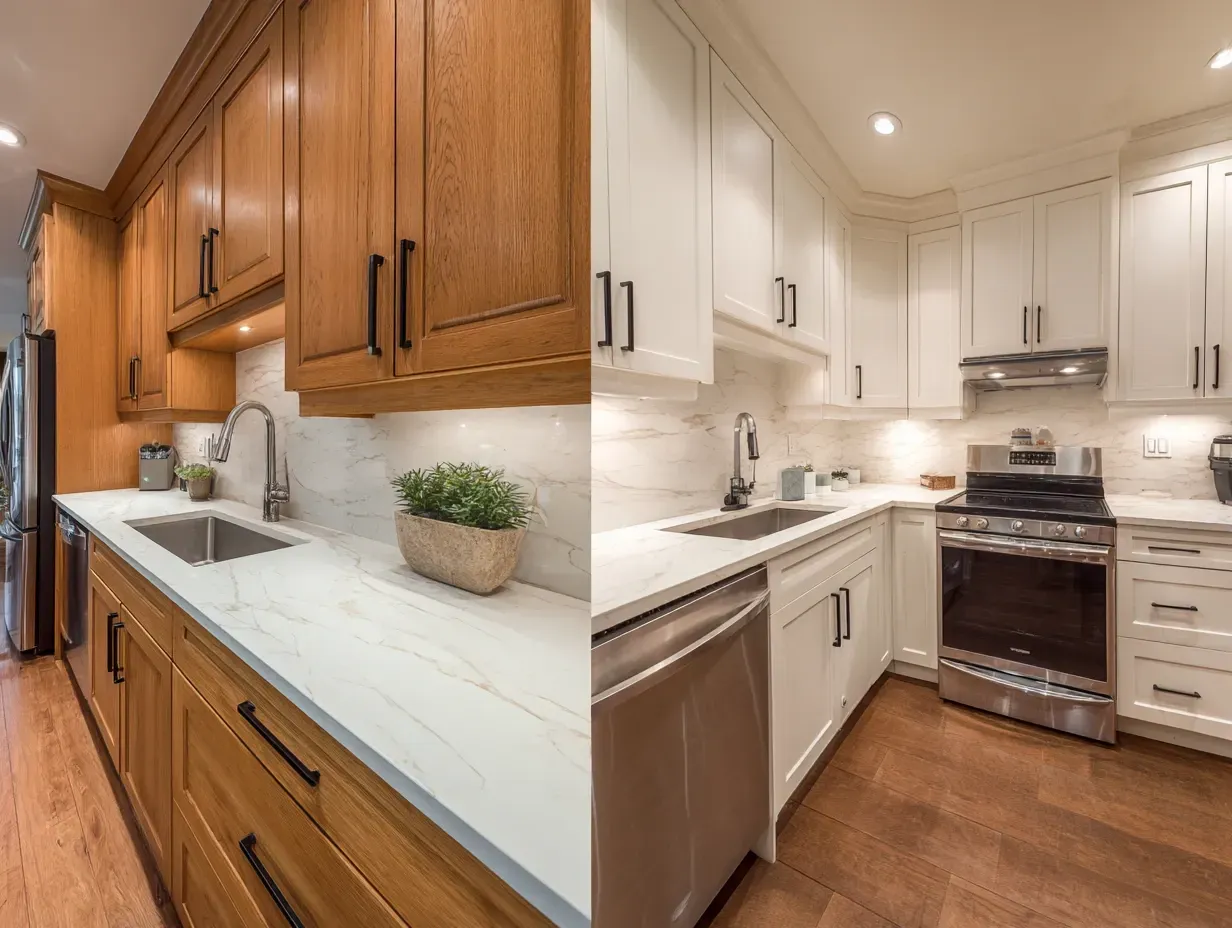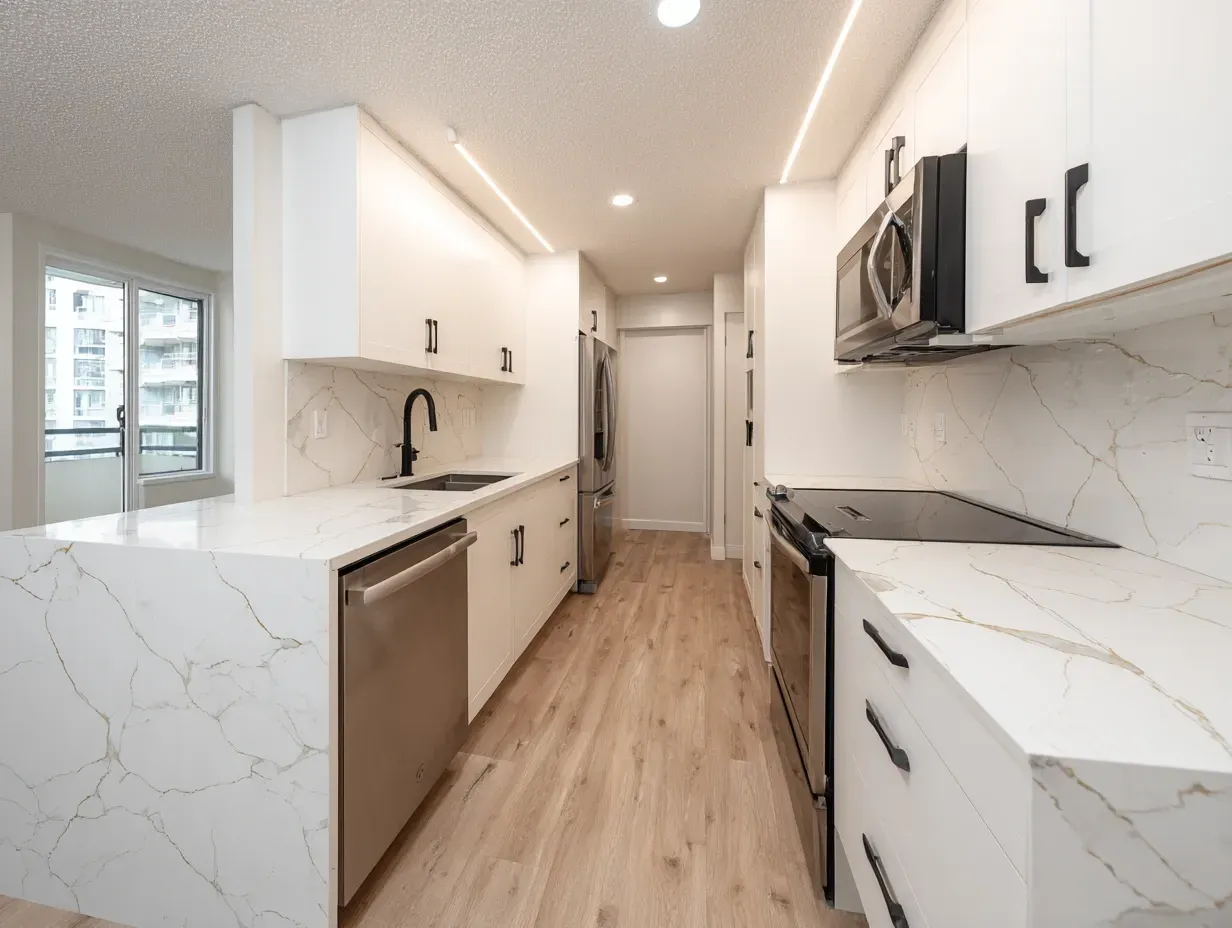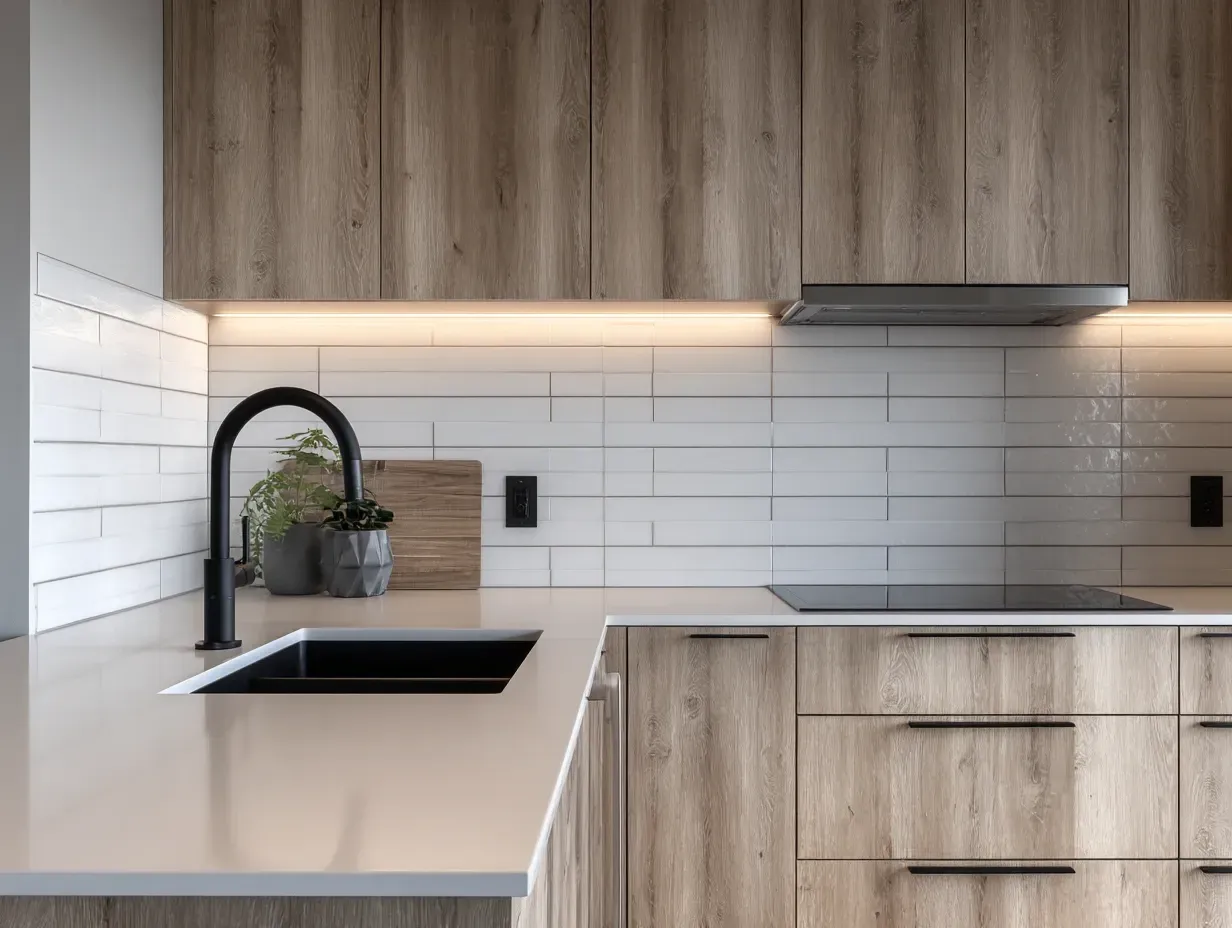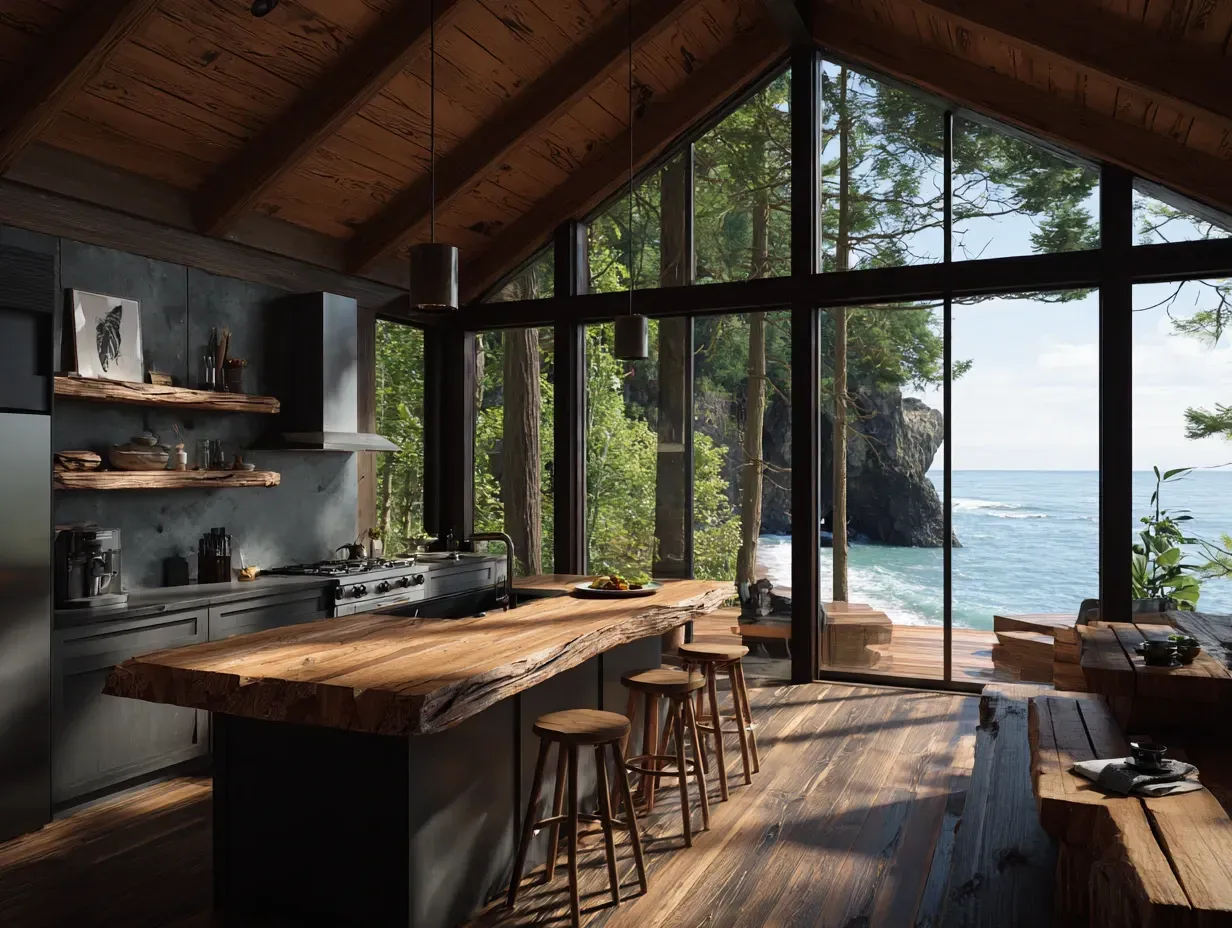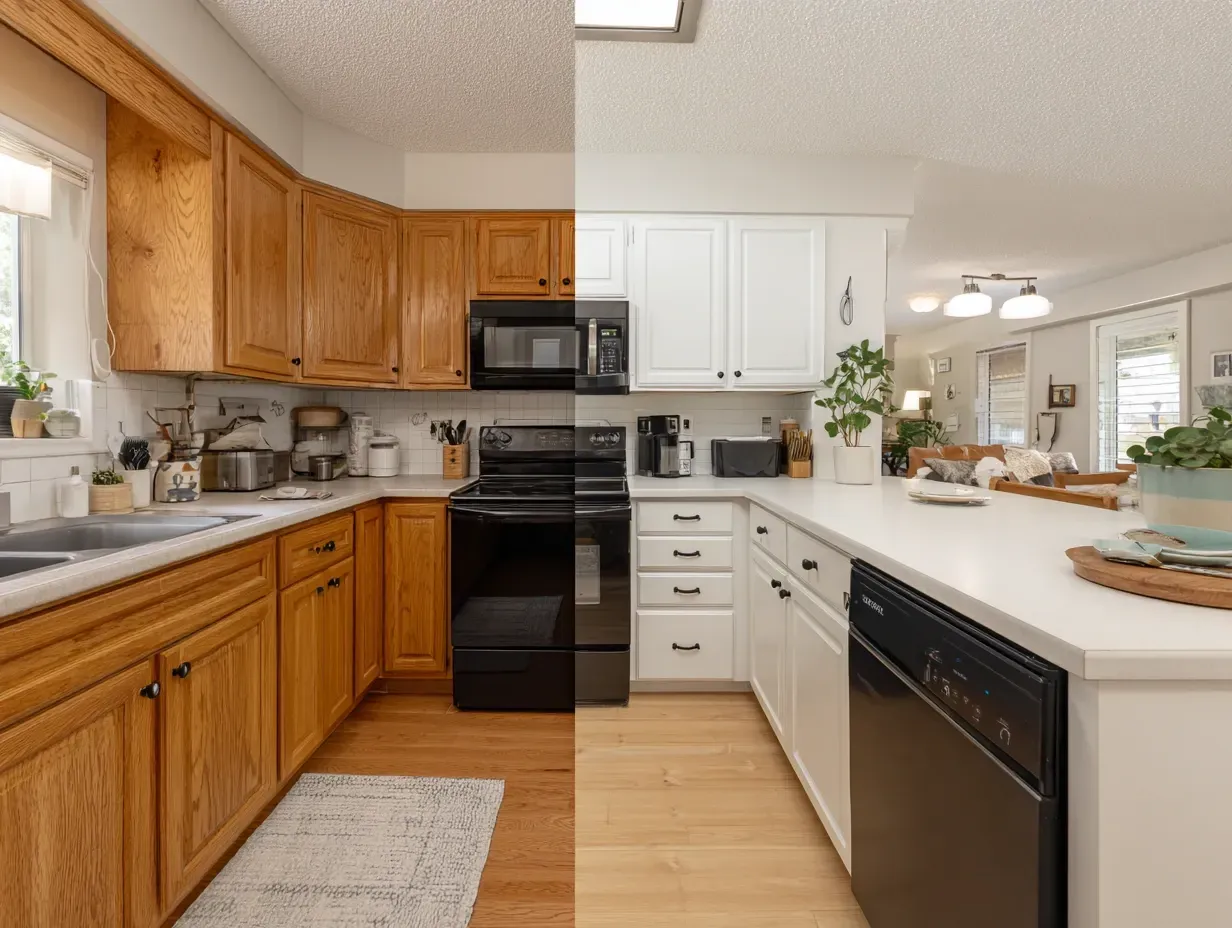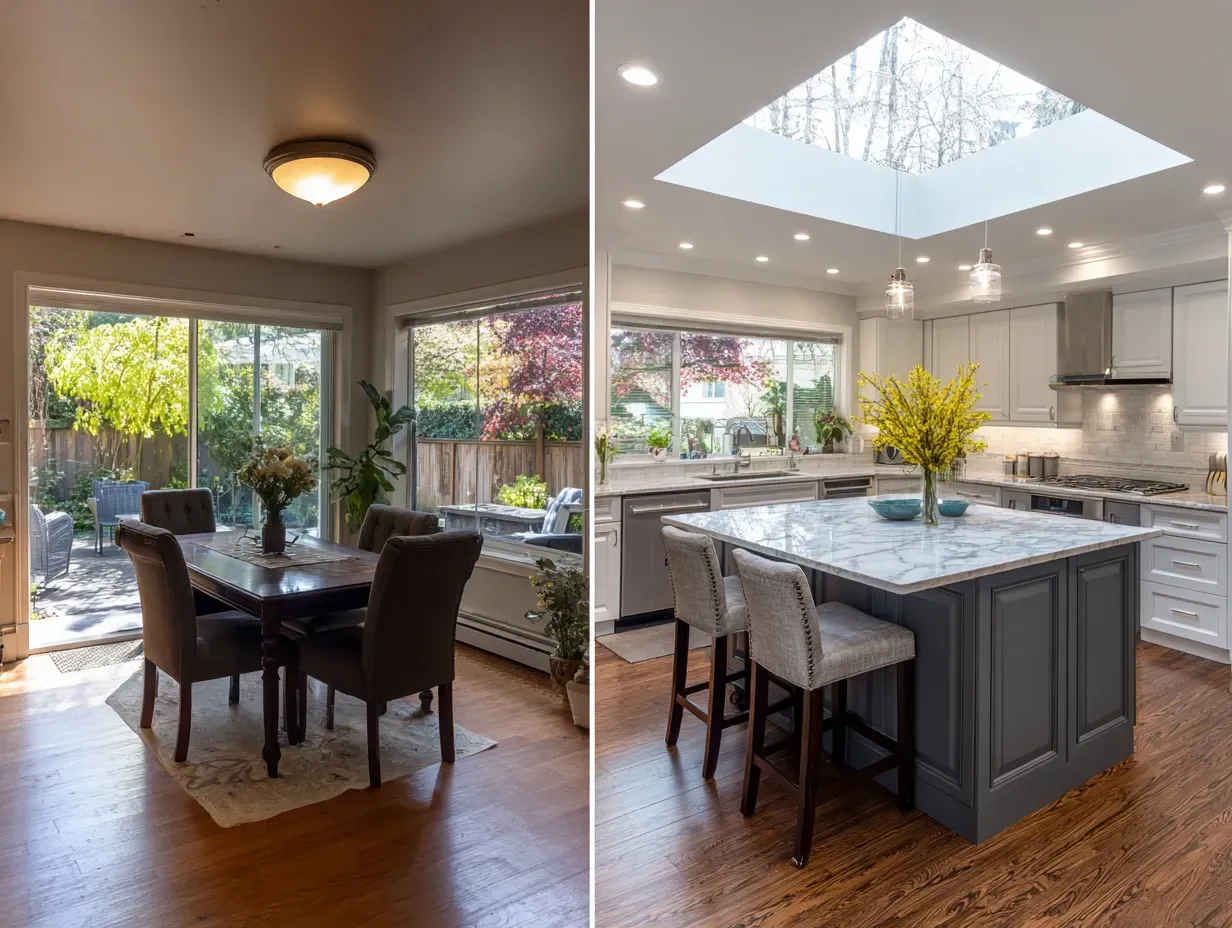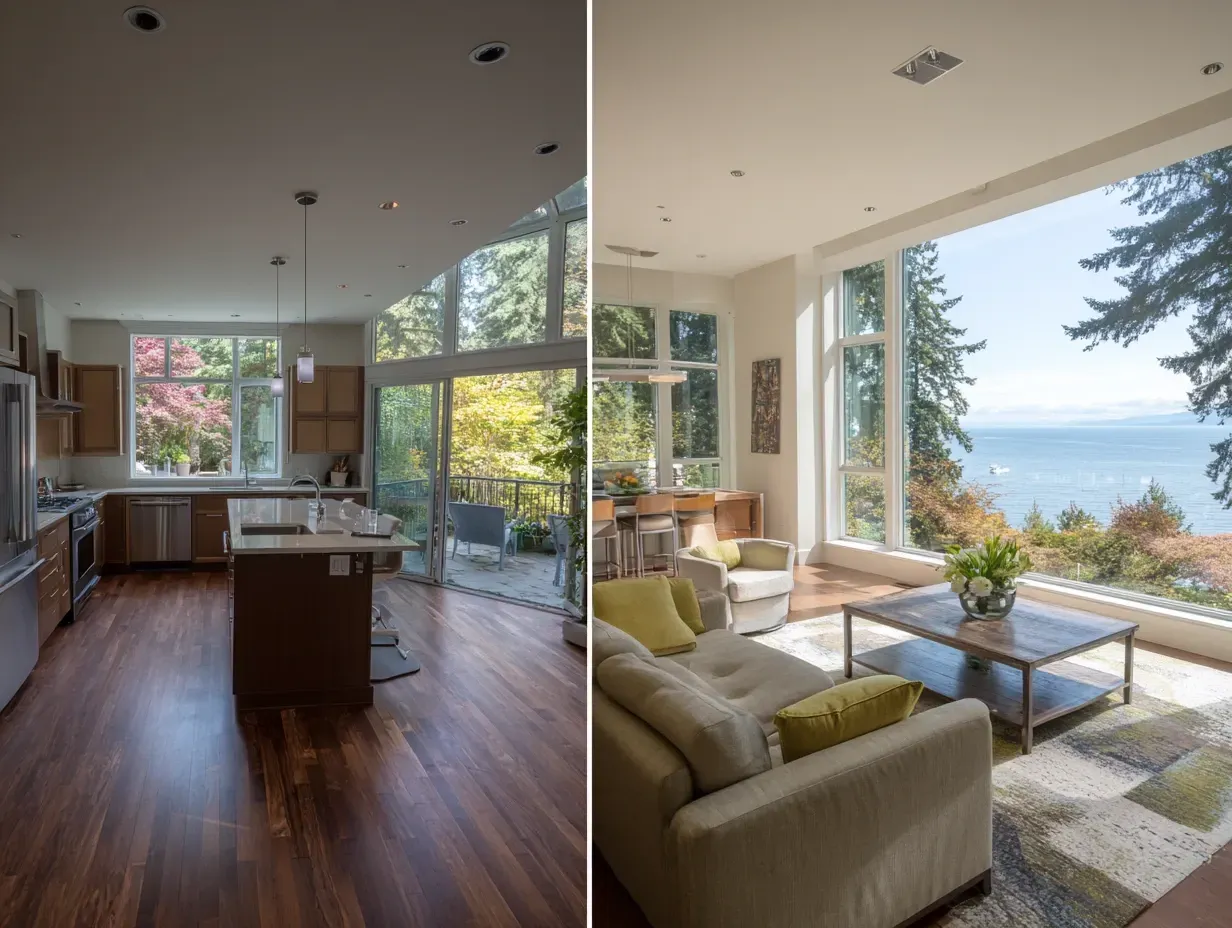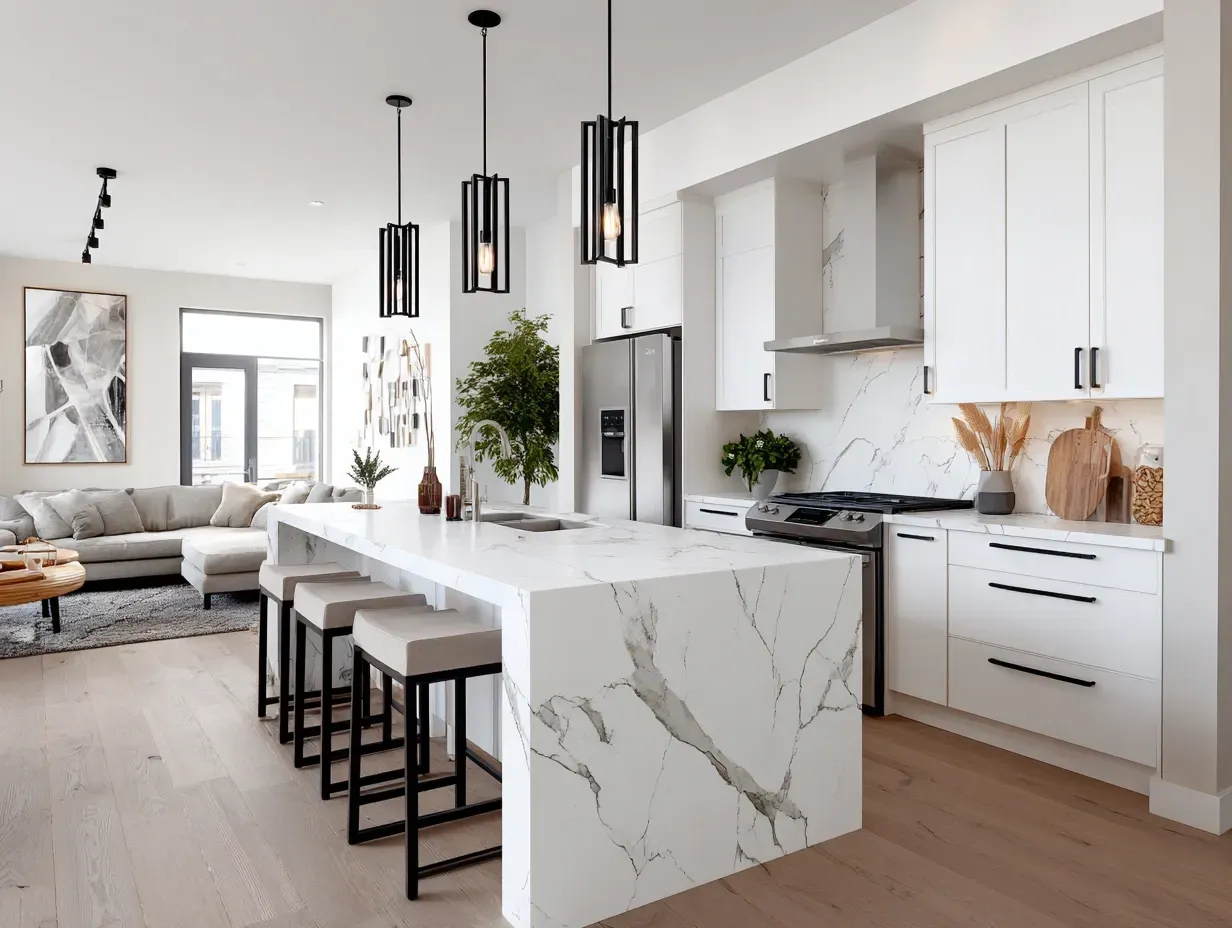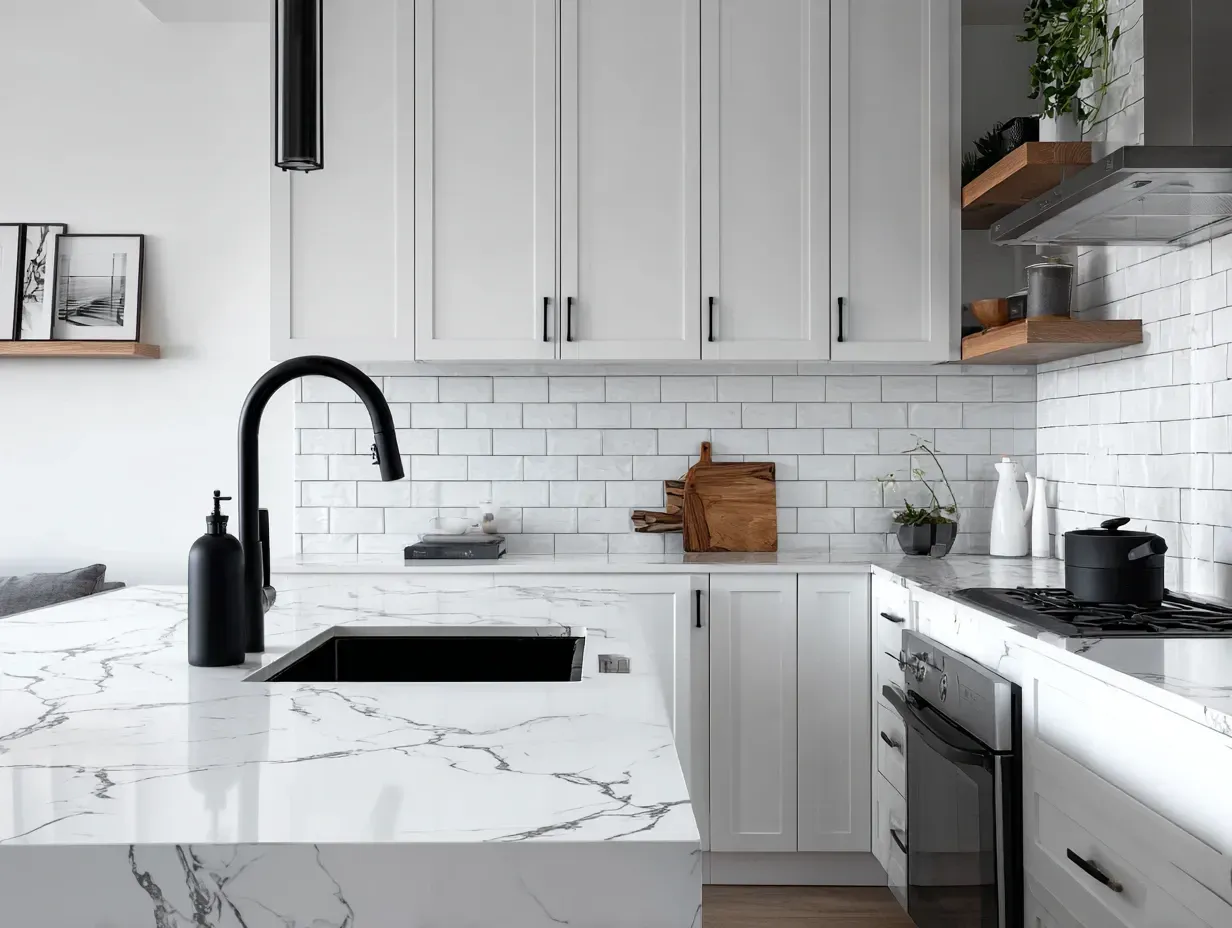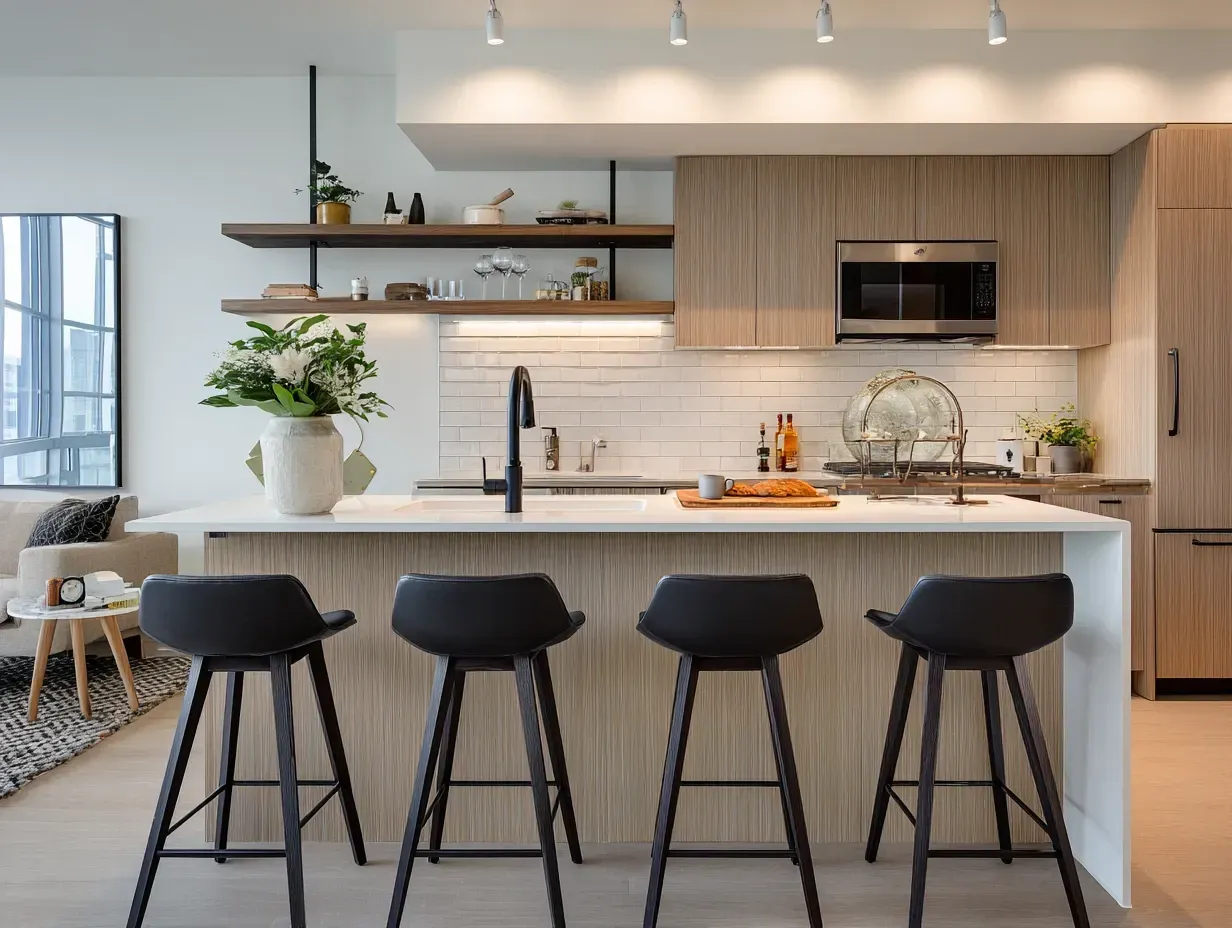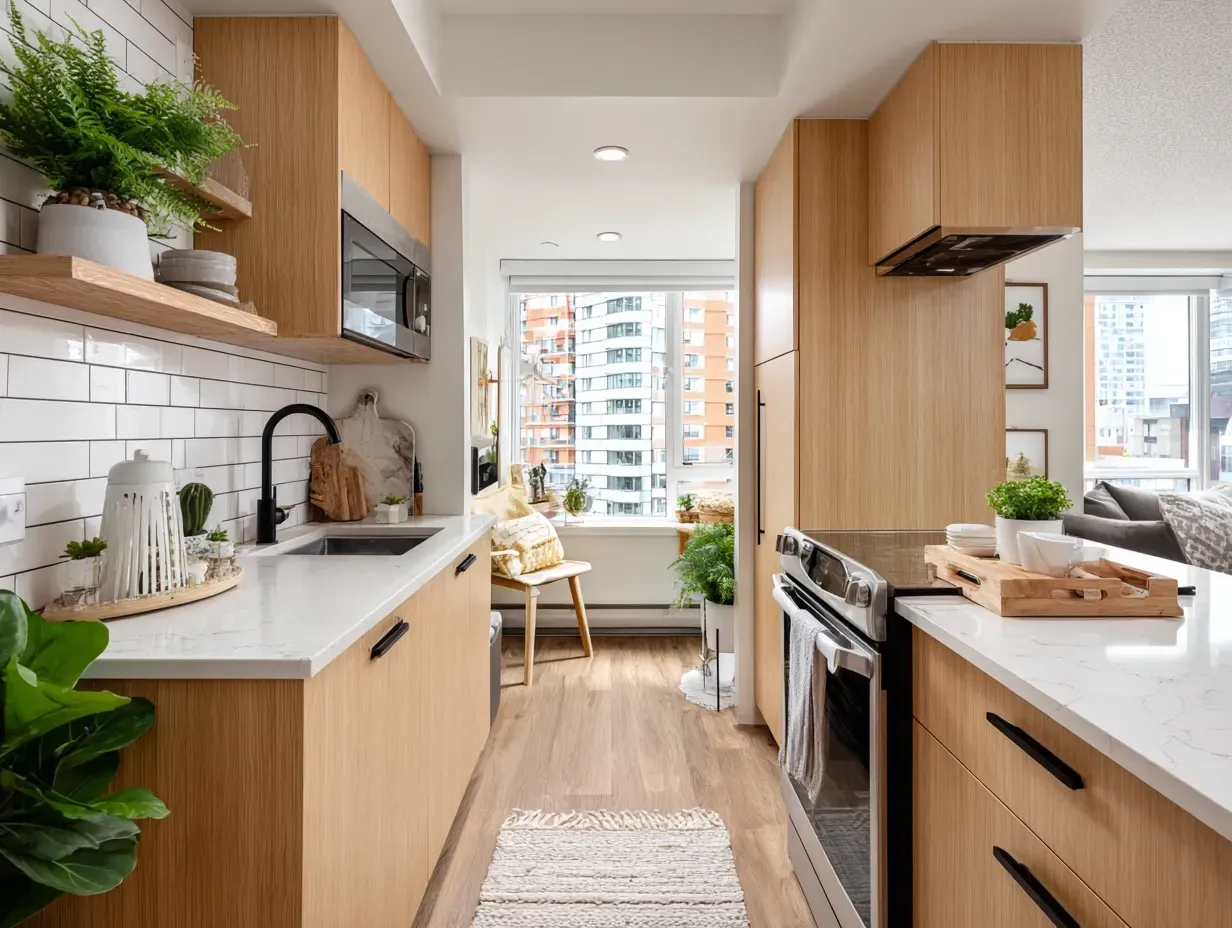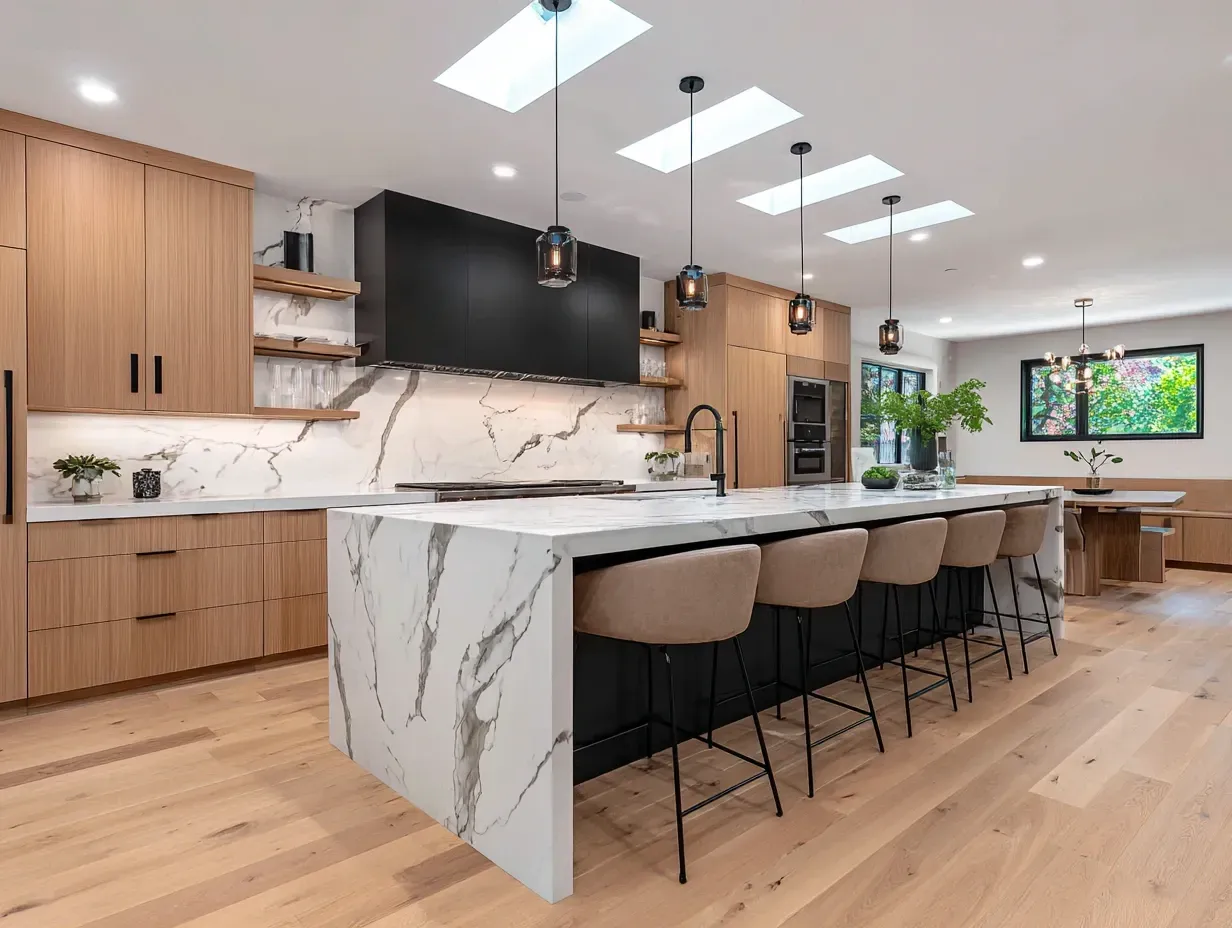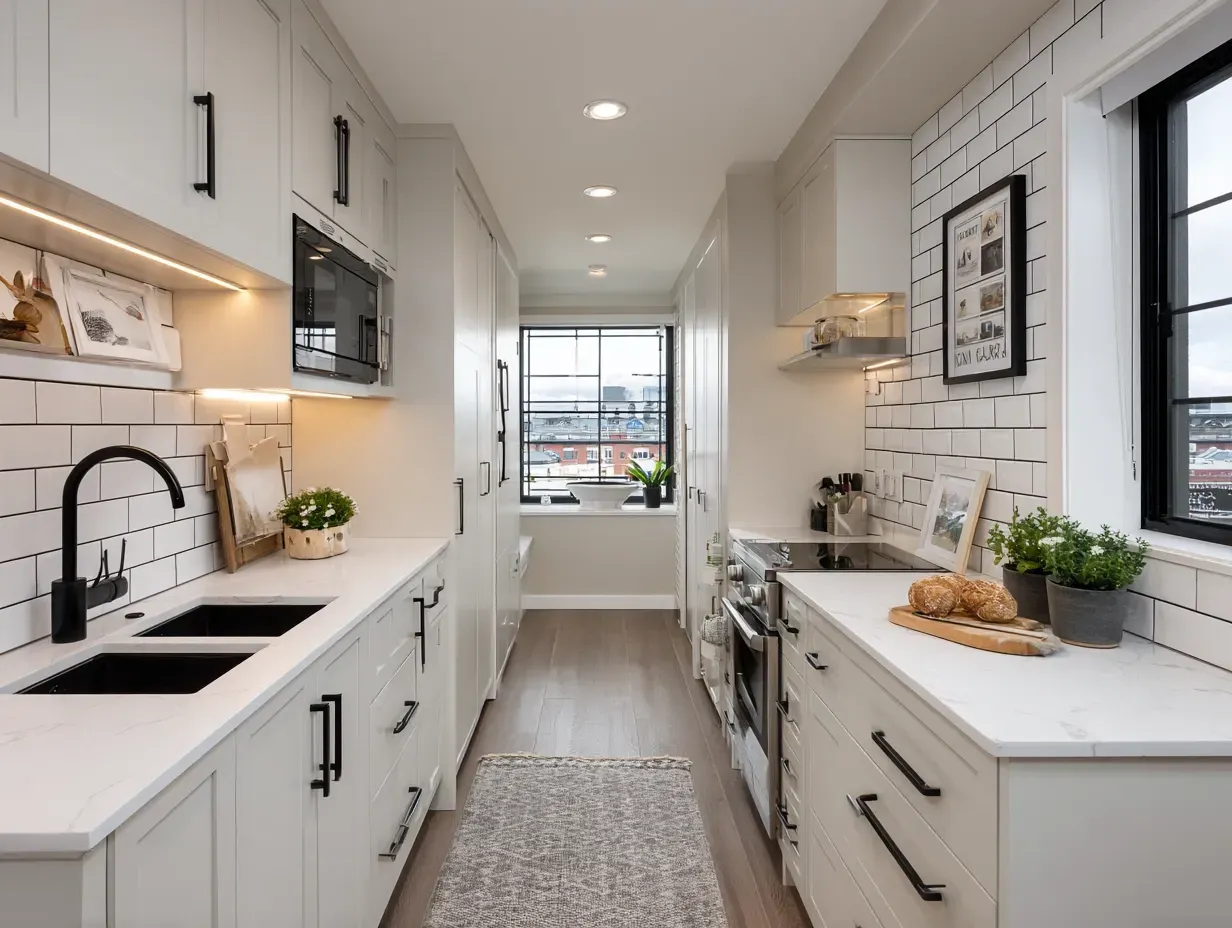Kitchen Lighting Ideas: Brighten Up Your Remodel
Beyond the Bulb: A Guide to Kitchen Lighting that Will Transform Your Remodel
In any kitchen remodel, we rightly obsess over the foundational elements: the layout, the cabinets, the countertops.
But there is a silent, often overlooked element that holds the power to single-handedly make or break the entire design: the lighting.
Great lighting is transformative. It can make a small kitchen feel spacious, a simple finish look luxurious, and a functional space feel warm, welcoming, and alive.
Nowhere is this more critical than in Vancouver. With our famously grey, overcast skies for a significant part of the year, a well-designed lighting plan isn't just a feature; it's a necessity for creating a bright and inviting sanctuary.
A single, glaring fixture in the centre of the ceiling simply won’t do. A truly illuminated kitchen relies on a strategic and thoughtful approach known as "layering."
By weaving together three distinct layers of light—Ambient, Task, and Accent—you can create a kitchen that is not only perfectly functional for every chore but also adaptable, beautiful, and a genuine joy to be in, no matter the weather outside.
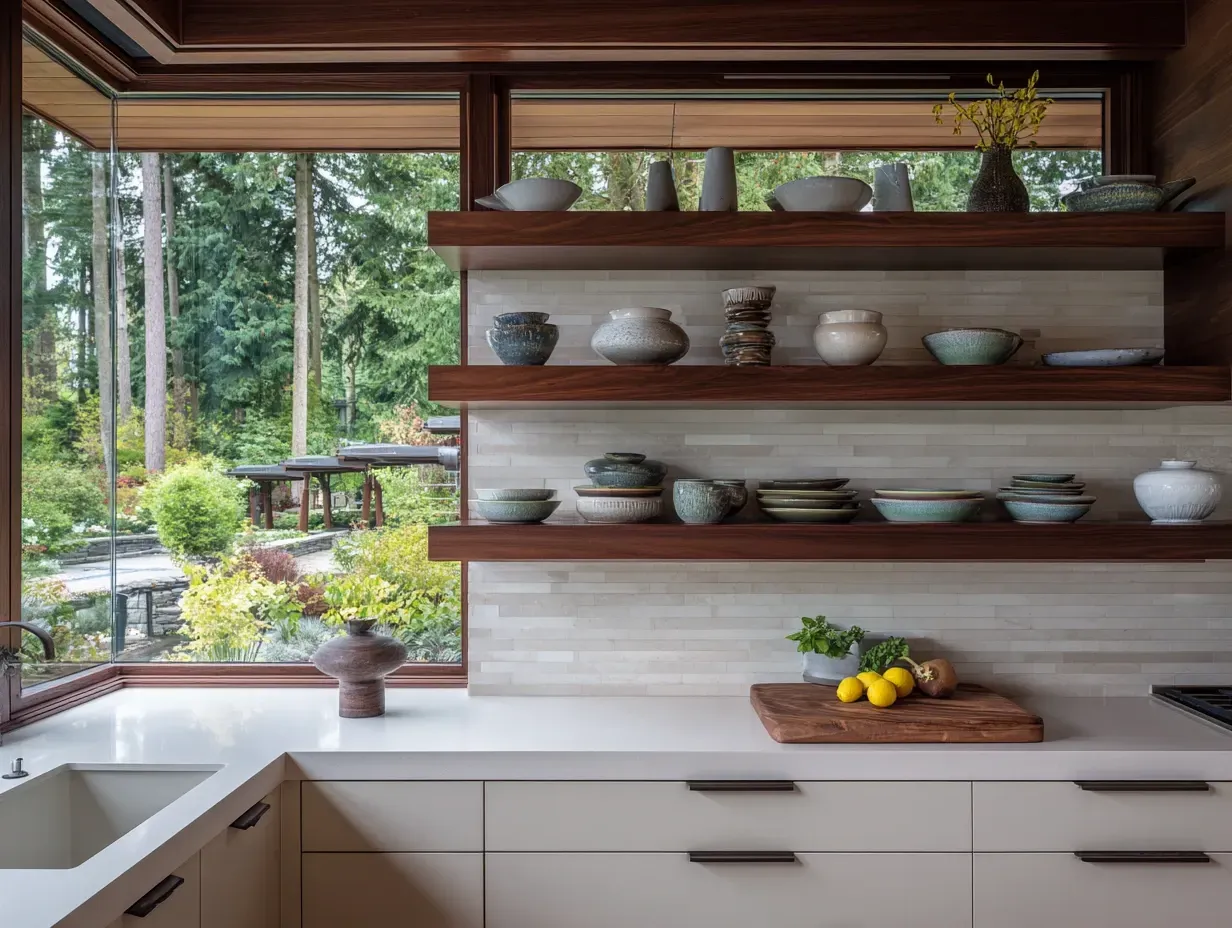
The Foundation: Ambient Lighting
Ambient light is the general, overall illumination that fills the room and allows you to navigate the space safely and comfortably. It’s the foundational layer upon which all other lighting is built, setting the base level of brightness.
The Modern Standard: Recessed Pot Lights
For a clean, contemporary, and unobtrusive look, the go-to for ambient lighting is the recessed pot light. Modern LED pot lights are energy-efficient, long-lasting, and can provide broad, even coverage.
The key to success is in the layout. Instead of placing them in a random pattern, work with your designer or electrician to create a grid that provides overlapping pools of light, eliminating dark corners.
A common mistake is placing them too far from the cabinets, which can cast shadows on your face as you work at the counter. A good rule of thumb is to position them roughly over the edge of your countertops to direct light where you need it most.
Alternatives for Challenging Ceilings
In many Vancouver condos with concrete ceilings, installing a full grid of pot lights can be difficult or impossible. In these cases, you can still achieve excellent ambient light.
Consider modern, low-profile
track lighting, which allows you to aim multiple heads wherever light is needed from a single electrical point. Alternatively, a series of beautiful
semi-flush mount fixtures can provide both ample light and a strong decorative statement.
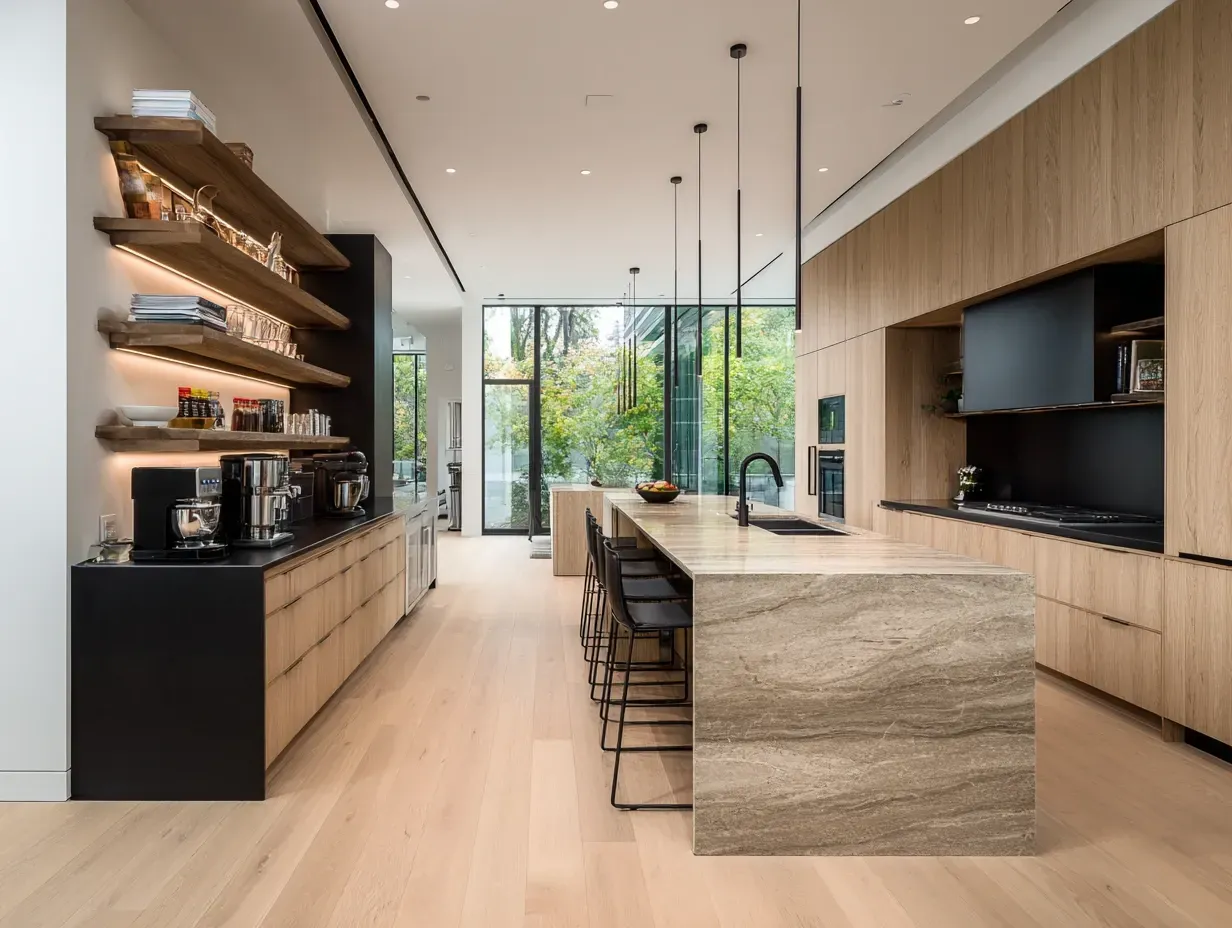
The Workhorse: Task Lighting
This is arguably the most important layer in a kitchen. Task lighting provides focused, brighter light directly over your primary work zones—the countertops, the sink, and the stove.
It’s the light that ensures you can chop, cook, and clean safely and efficiently, free from the frustrating shadows cast by your own body.
The Non-Negotiable: Under-Cabinet Lighting
If you only invest in one type of task lighting, this is it. Under-cabinet lighting is a game-changer. It directs light straight down onto your prep surfaces, illuminating your work and making the entire kitchen feel brighter and more functional.
Modern, slim LED strips or tapes are the best option, as they can be hidden behind the front edge of your upper cabinets for a clean, seamless look, providing an even glow across the entire counter. This simple addition not only improves visibility but also adds a professional, high-end feel to the kitchen.
The Centrepiece: Island and Peninsula Pendants
Pendant lights over a kitchen island or peninsula serve a crucial dual purpose. Functionally, they provide essential task lighting for the work and dining that happens there. Aesthetically, they are a primary style element—the jewelry of the kitchen.
A pair or trio of beautiful pendants can anchor the island, define the kitchen space in an open-concept layout, and introduce colour, texture, or a sculptural element.
When choosing pendants, consider both their look and the quality of light they cast. A fixture with a downlight will provide more focused task lighting, while one with a translucent shade will offer a softer, more ambient glow.
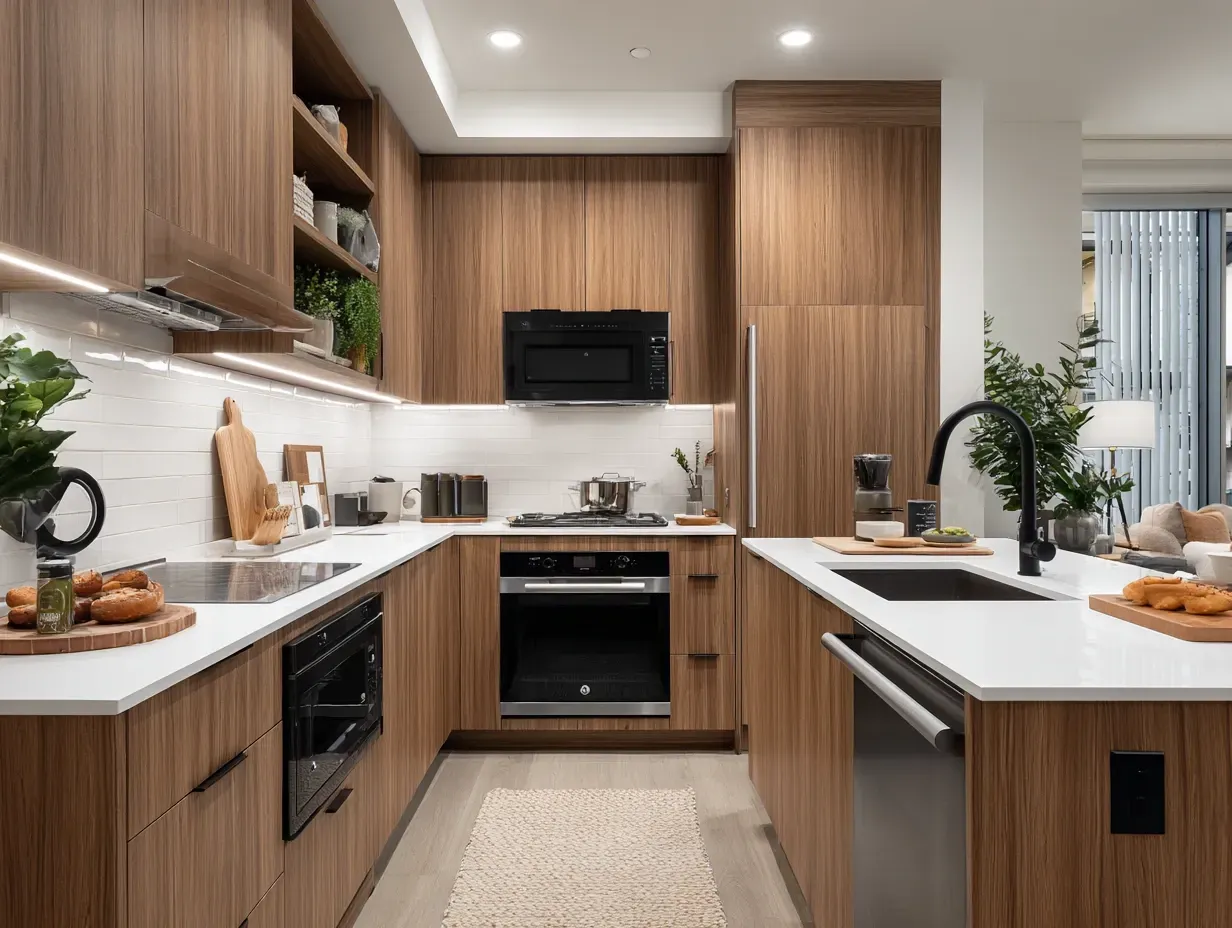
The Sparkle: Accent Lighting
If ambient light is the foundation and task light is the function, accent lighting is the personality. This subtle, often decorative layer is used to create mood, add depth, and highlight the beautiful features of your kitchen.
In-Cabinet and In-Drawer Lighting
Placing soft lighting inside cabinets with glass-front doors turns your everyday dishware or treasured glassware into a beautiful, glowing display.
It breaks up the solid mass of cabinetry and adds a wonderful sense of depth to the room. For a touch of modern luxury, consider motion-activated lights that turn on when you open a deep drawer or pantry, making it easy to find exactly what you’re looking for.
Toe-Kick Lighting
A strip of low-voltage LED lighting installed in the recessed space at the bottom of your base cabinets—the toe-kick—can create a dramatic floating effect. It’s a sophisticated design detail that makes the cabinets feel lighter.
Functionally, it serves as a perfect, low-level nightlight, providing a safe pathway for a late-night trip to the kitchen without the need to turn on harsh overhead lights.
Tying It All Together: The Finishing Touches
A great lighting plan is more than just a collection of fixtures; it’s about control and quality.
The Magic of Dimmers
To make your layered lighting plan truly effective, every single light should be on a separate dimmer switch. This is not a luxury; it’s an essential tool for control. Dimmers allow you to adapt the kitchen’s atmosphere to any situation.
You can have the lights at full brightness for intensive cooking, dim the pendants for a relaxed dinner at the island, and leave just the accent lights on for a soft, ambient glow in the evening.
This flexibility is key to creating a space that feels right at any time of day, especially given Vancouver's dramatic shifts in natural light from season to season.
Choosing the Right "Temperature"
The colour of your light has a profound impact on the feeling of your kitchen. This is measured in Kelvin (K). To counteract the cool, blueish light of our often-grey skies, avoid high-Kelvin, "daylight" bulbs which can feel stark and clinical.
Instead, for a warm, welcoming, and cozy atmosphere that feels like a refuge, choose LED bulbs in the 2700K to 3000K range. This will produce a soft, inviting light reminiscent of a classic incandescent bulb, making your finishes and food look their best.
By embracing a layered approach and paying attention to these final details, you can create a lighting plan that does more than just brighten your kitchen—it will bring your entire remodel to life.
Recent Posts
